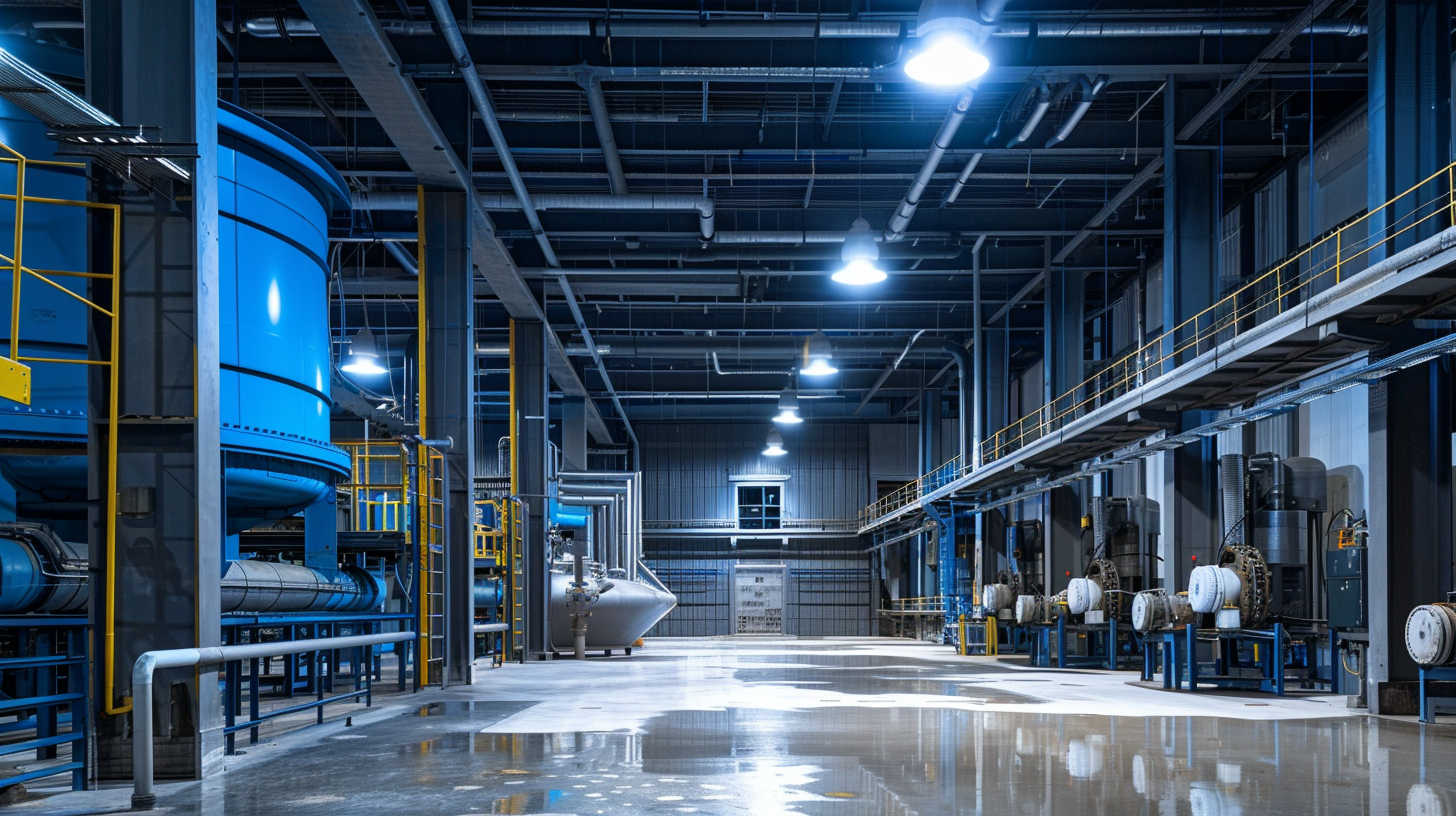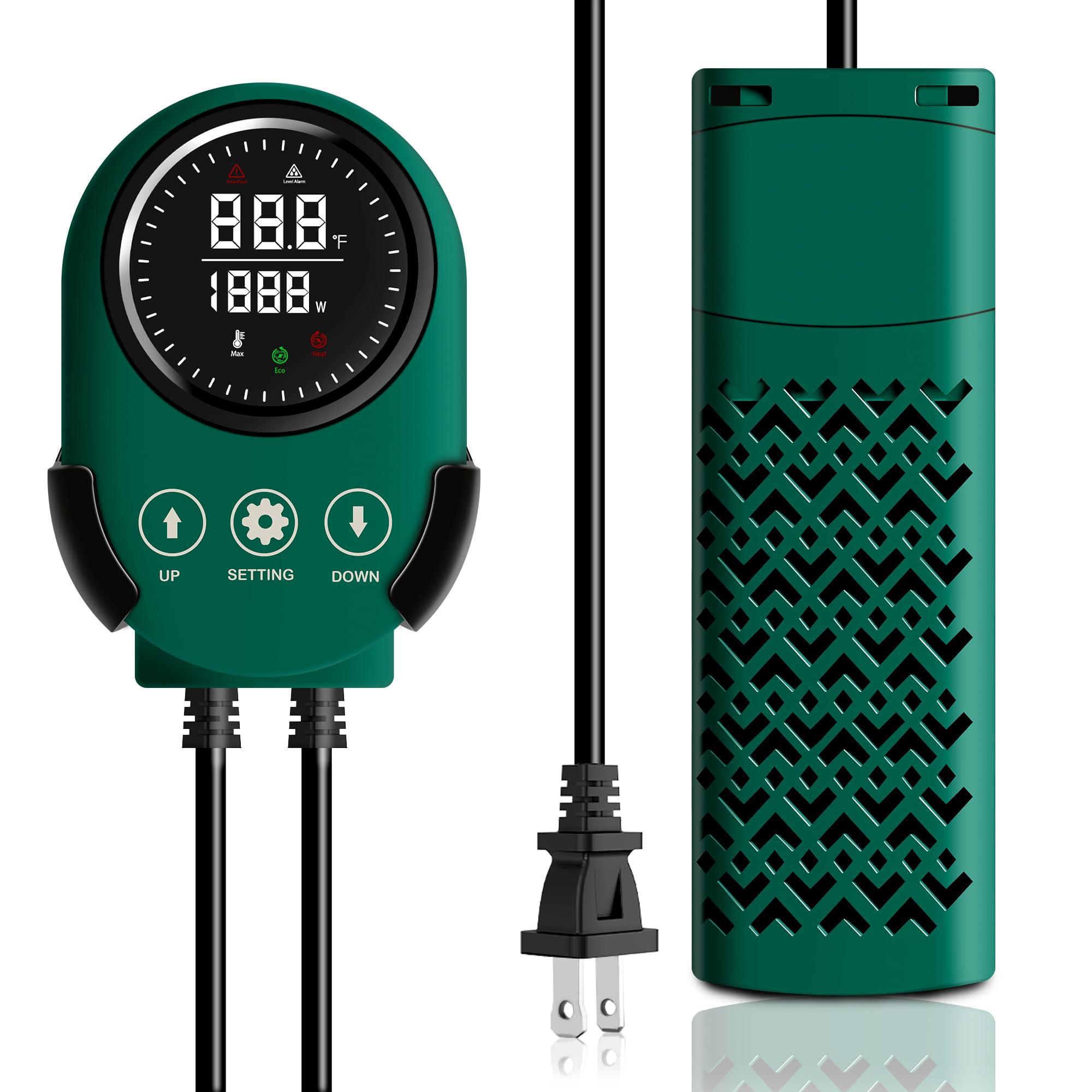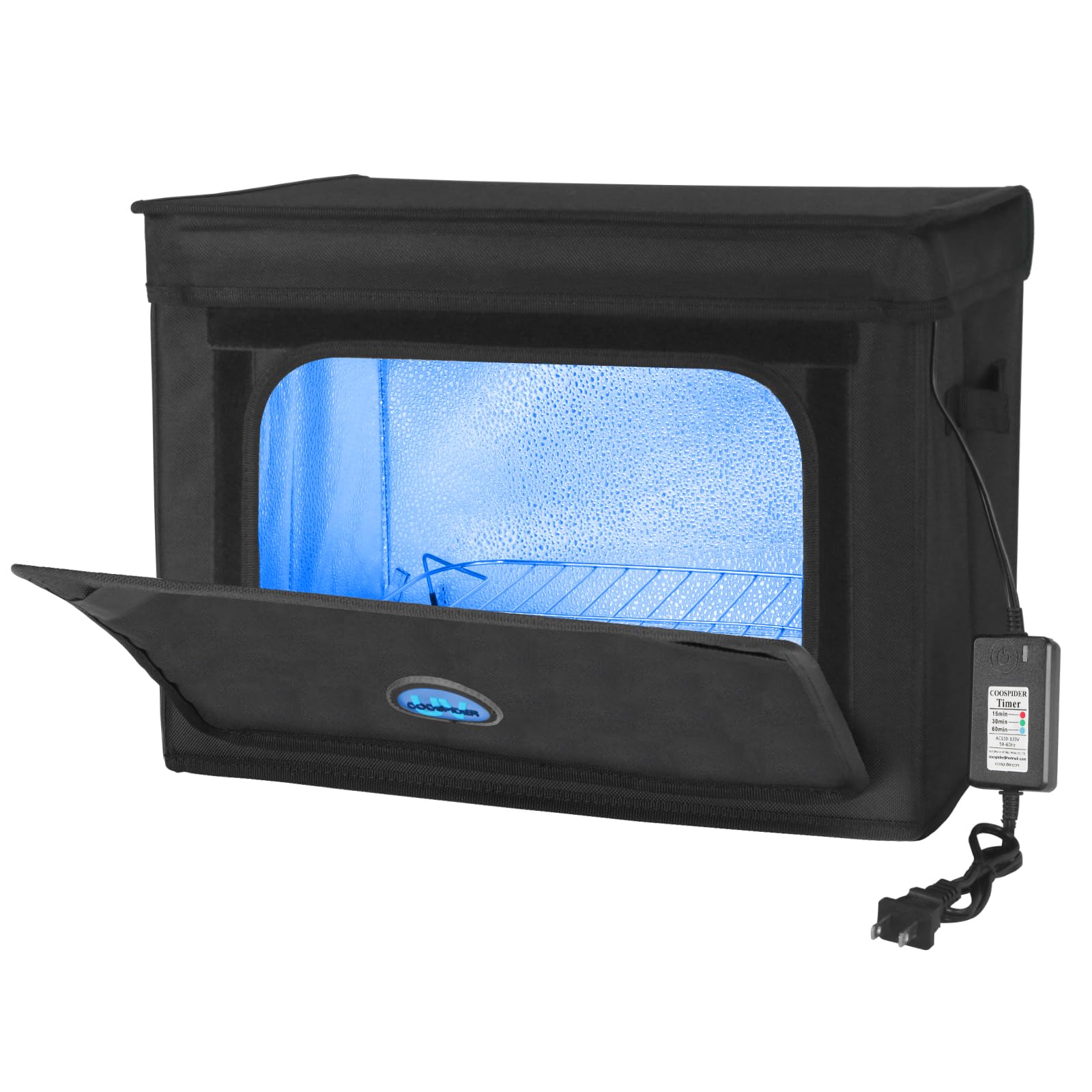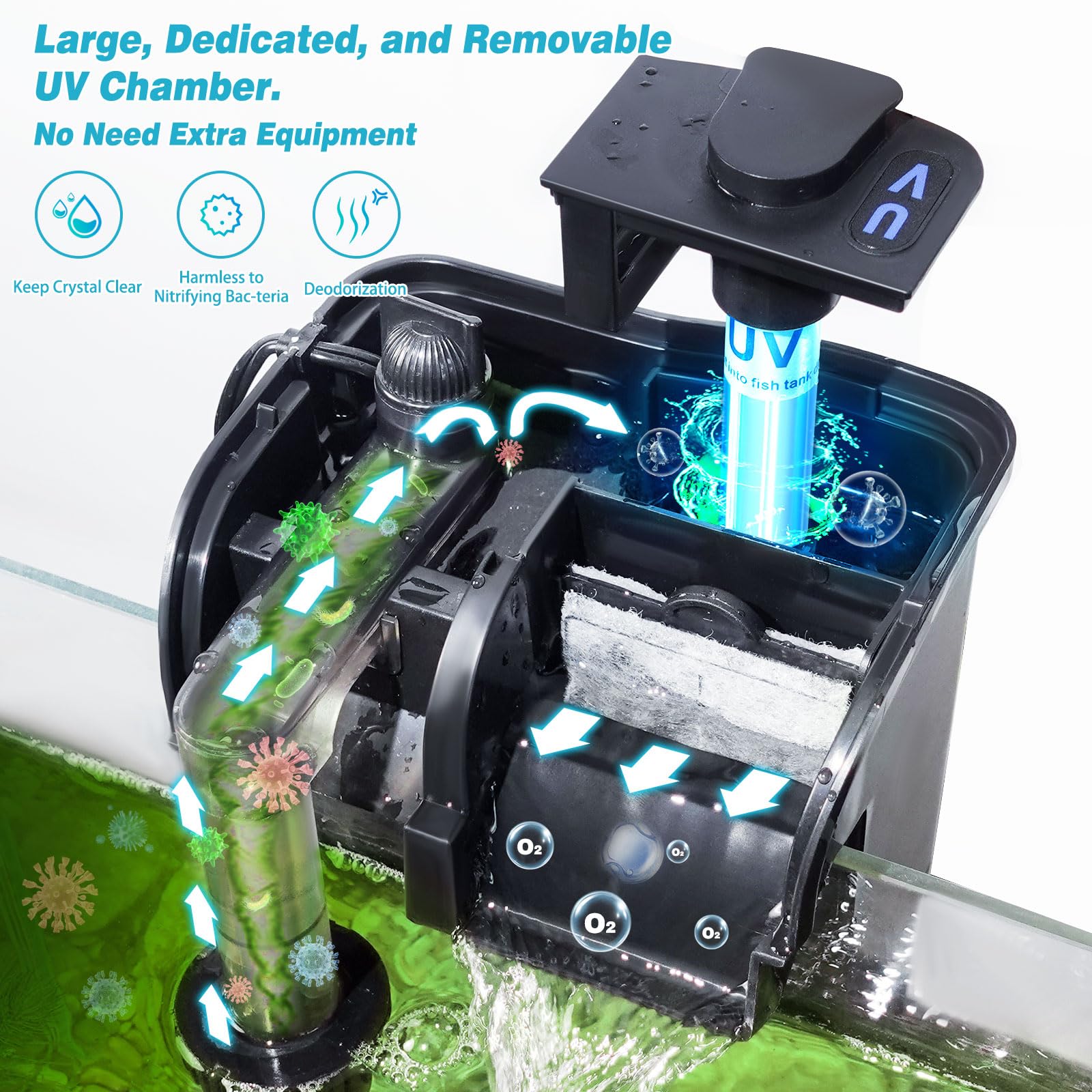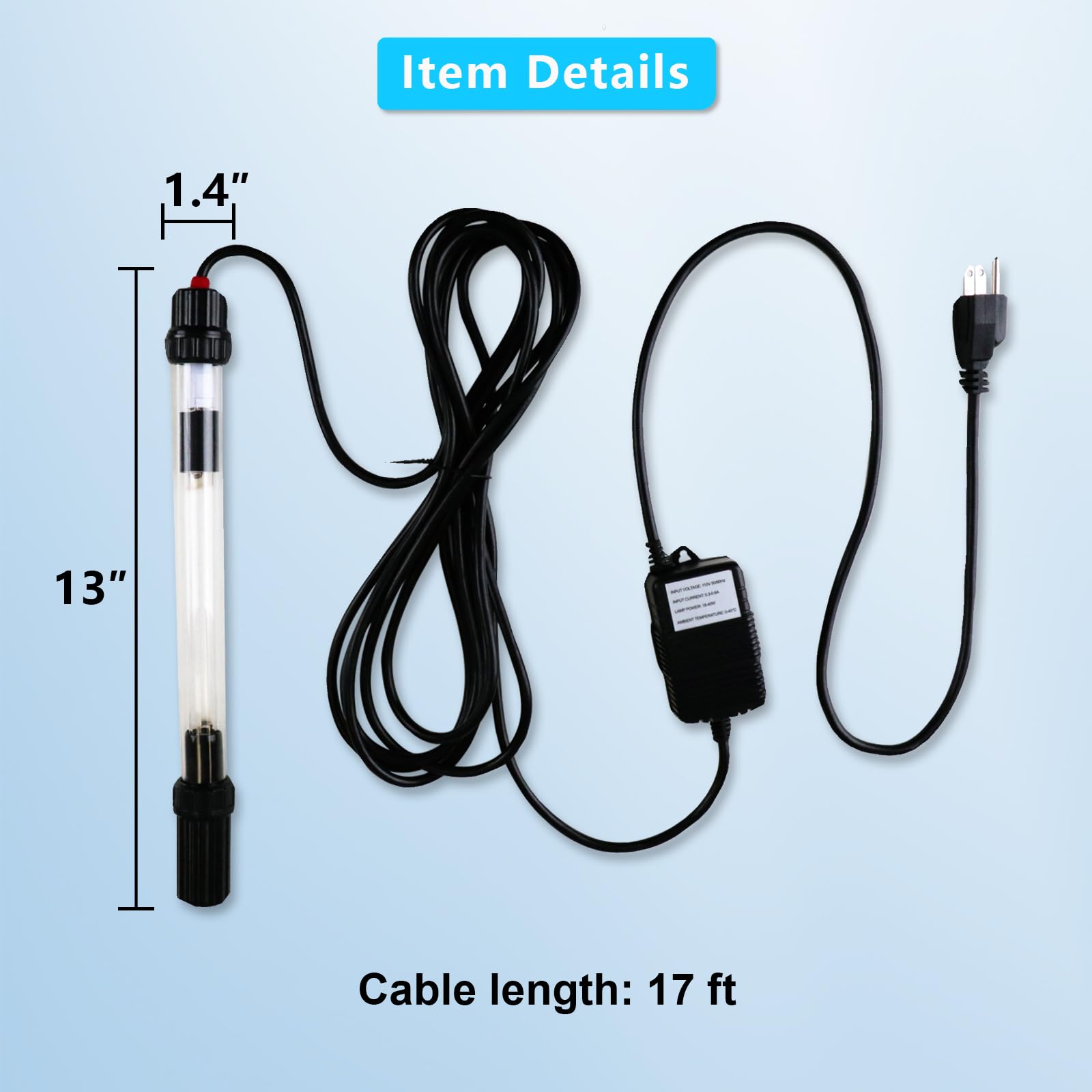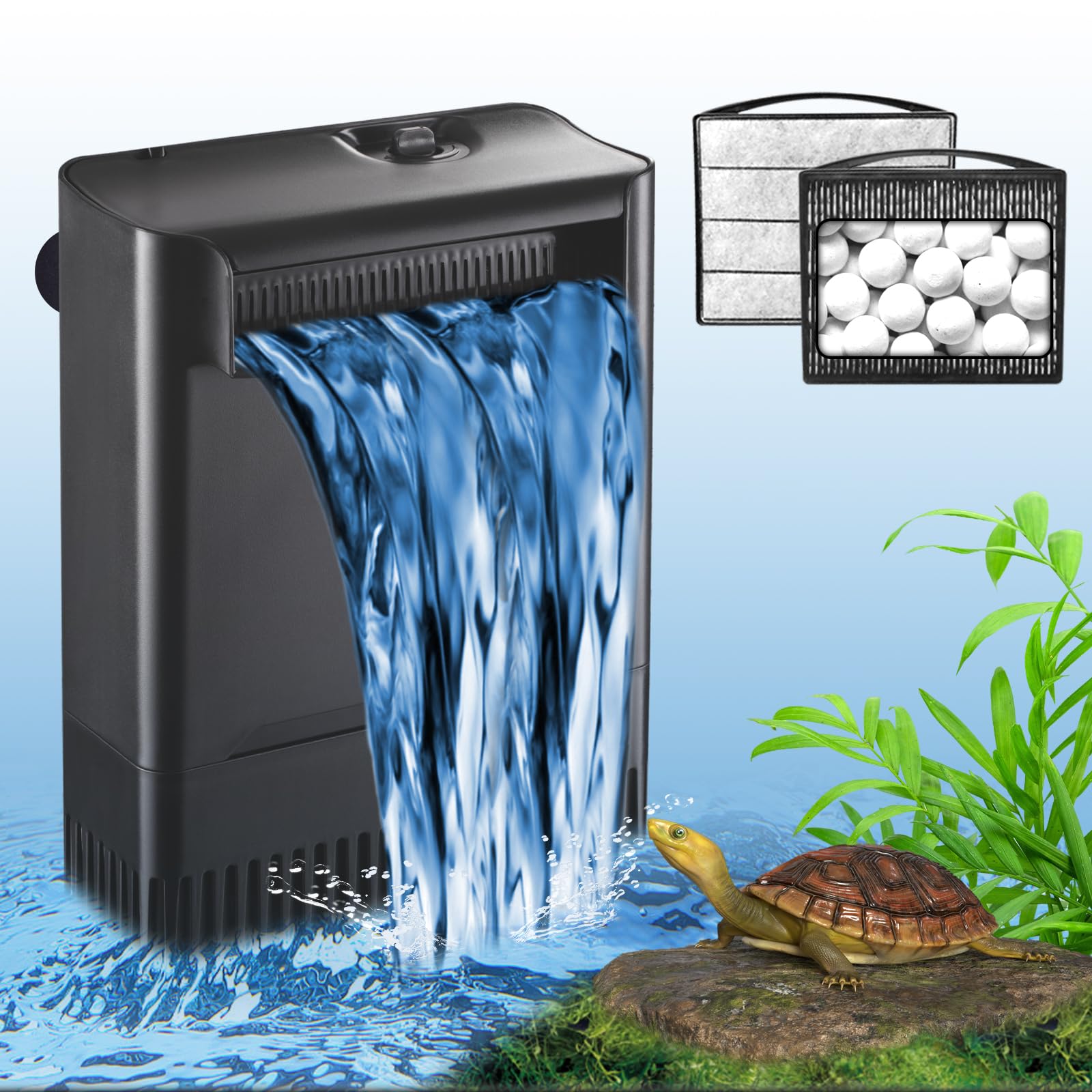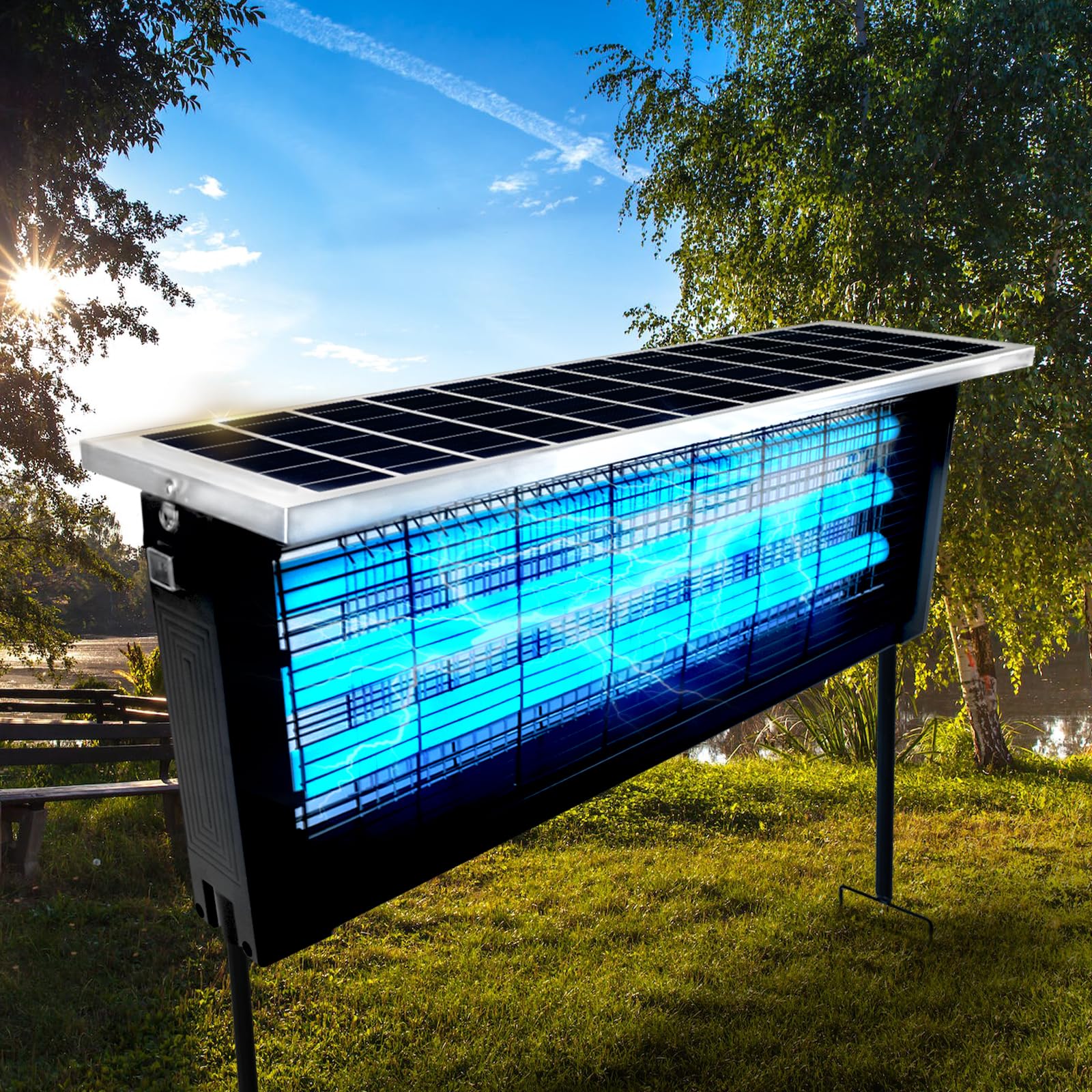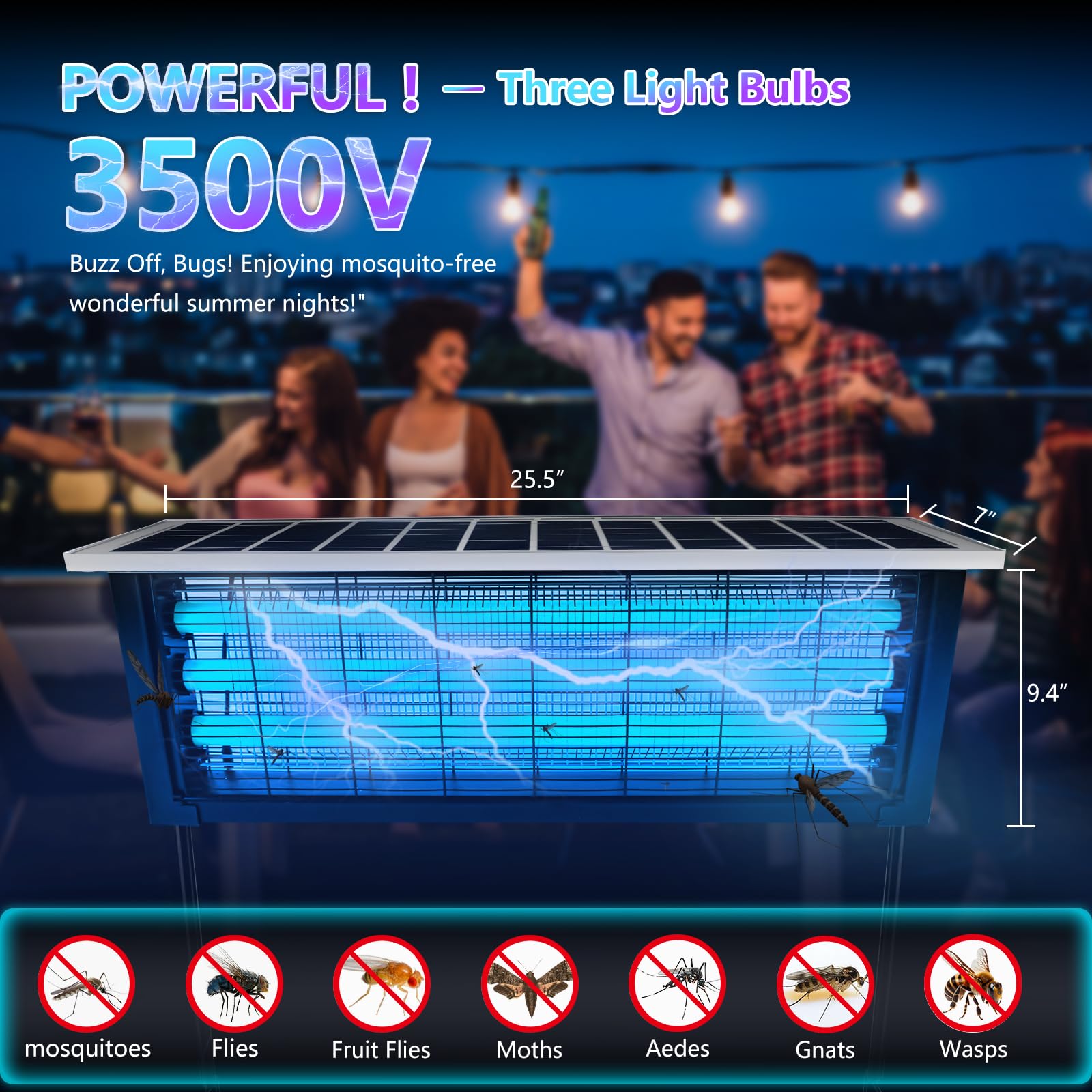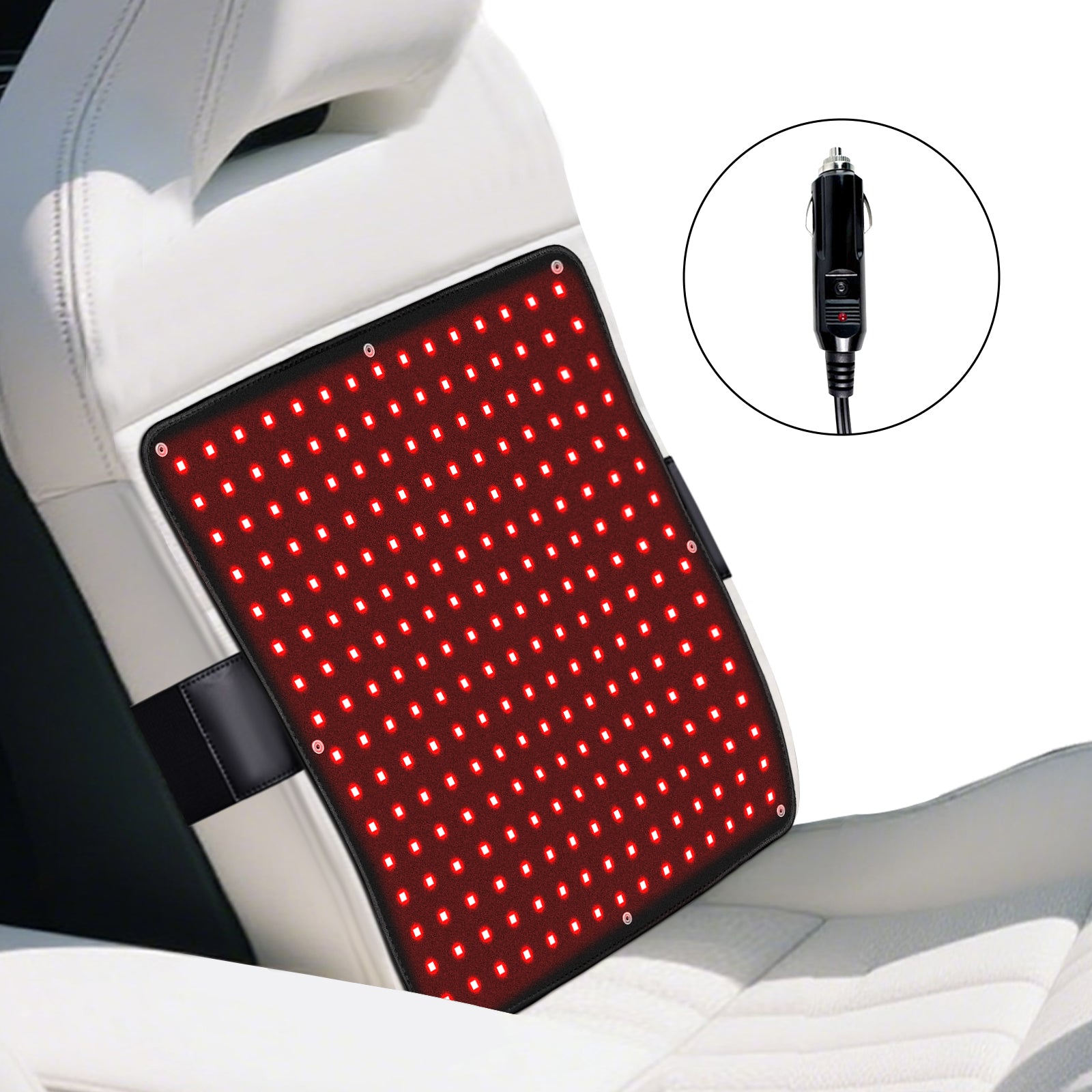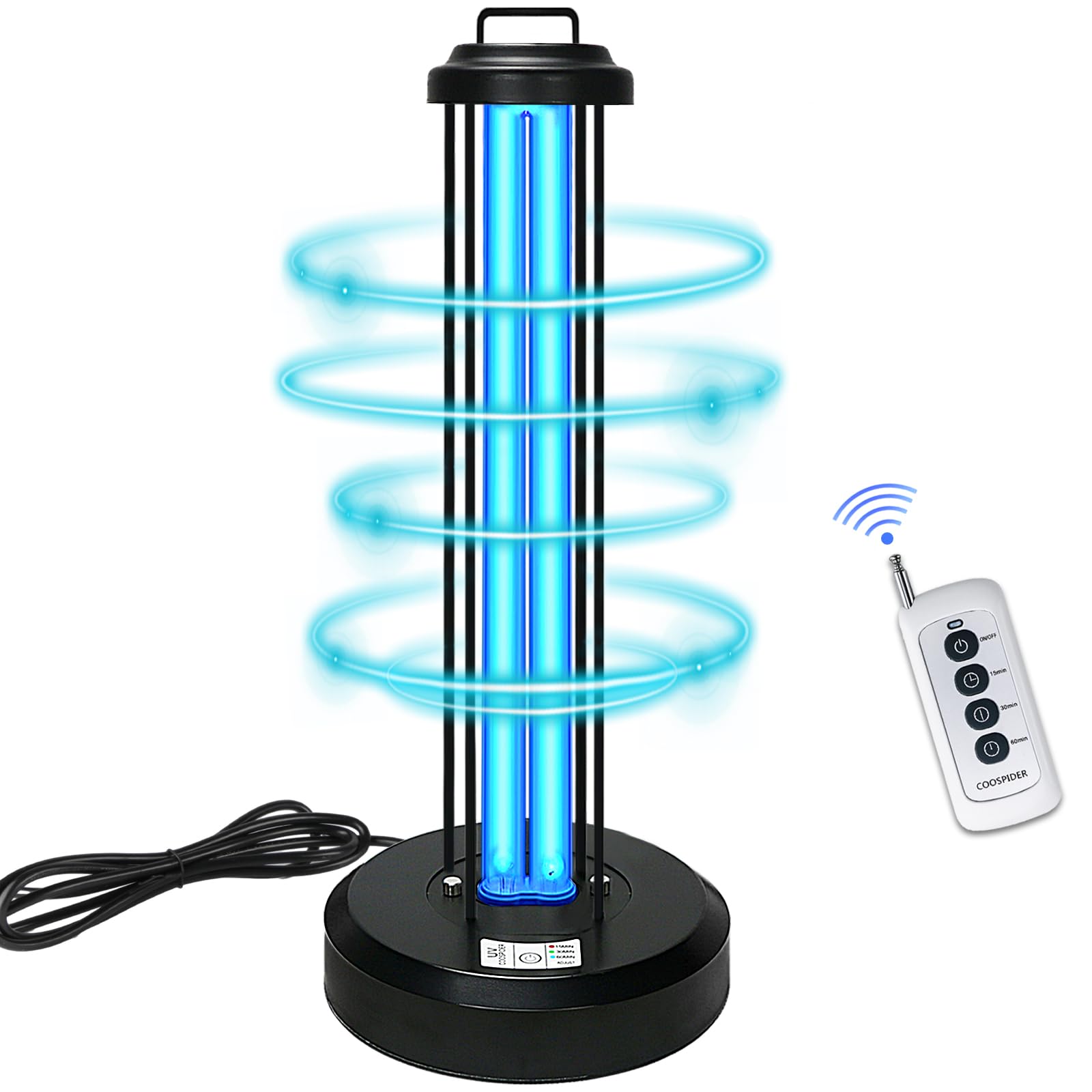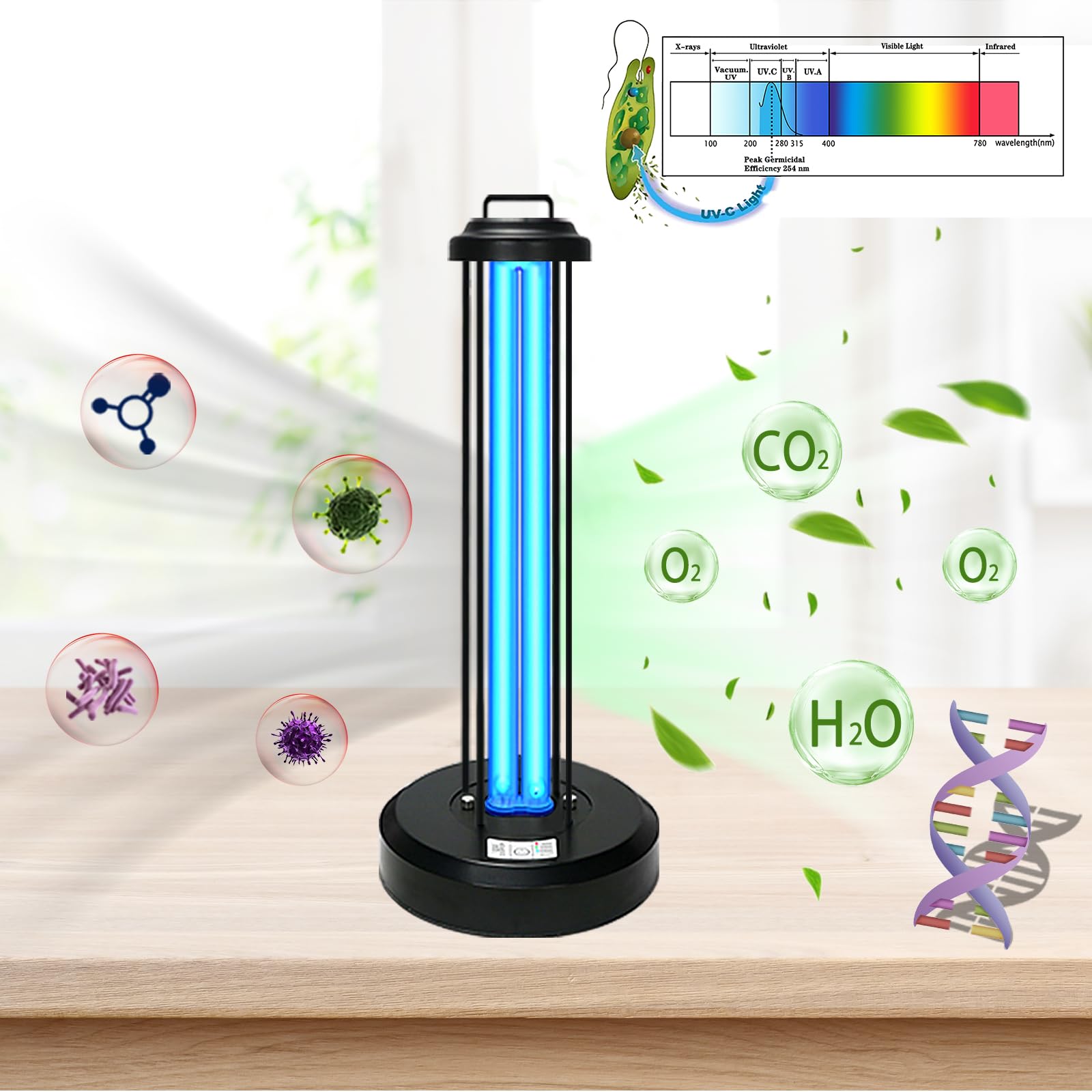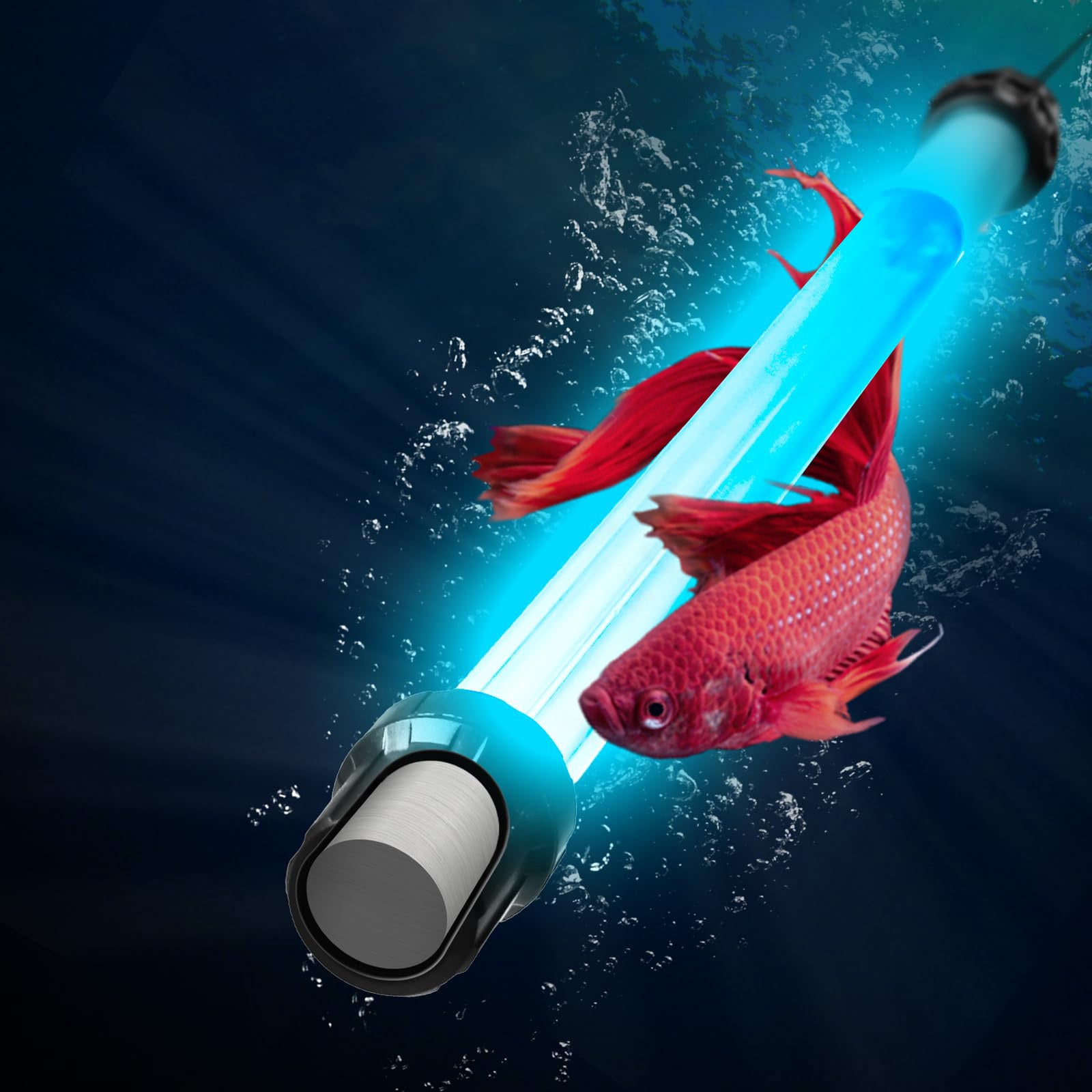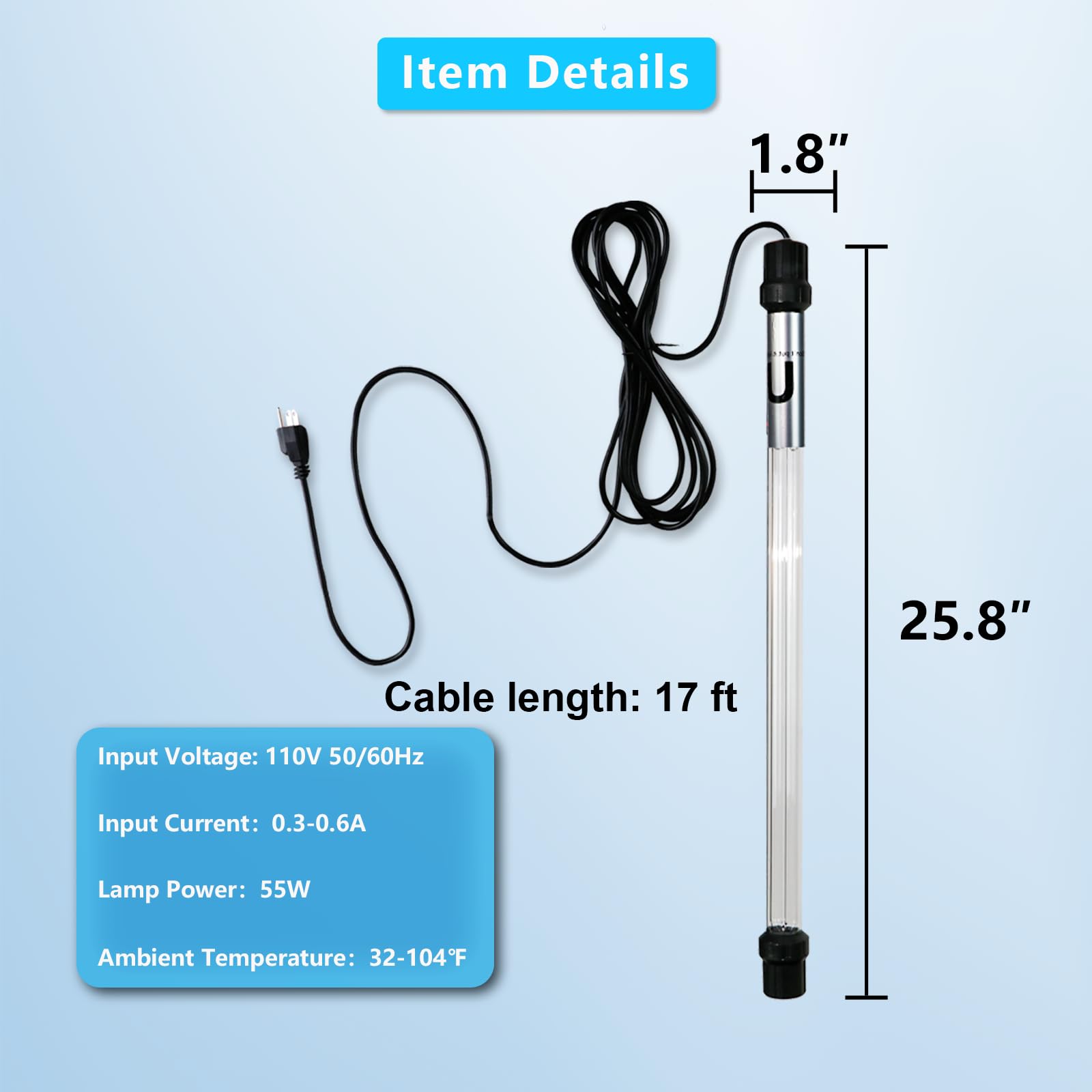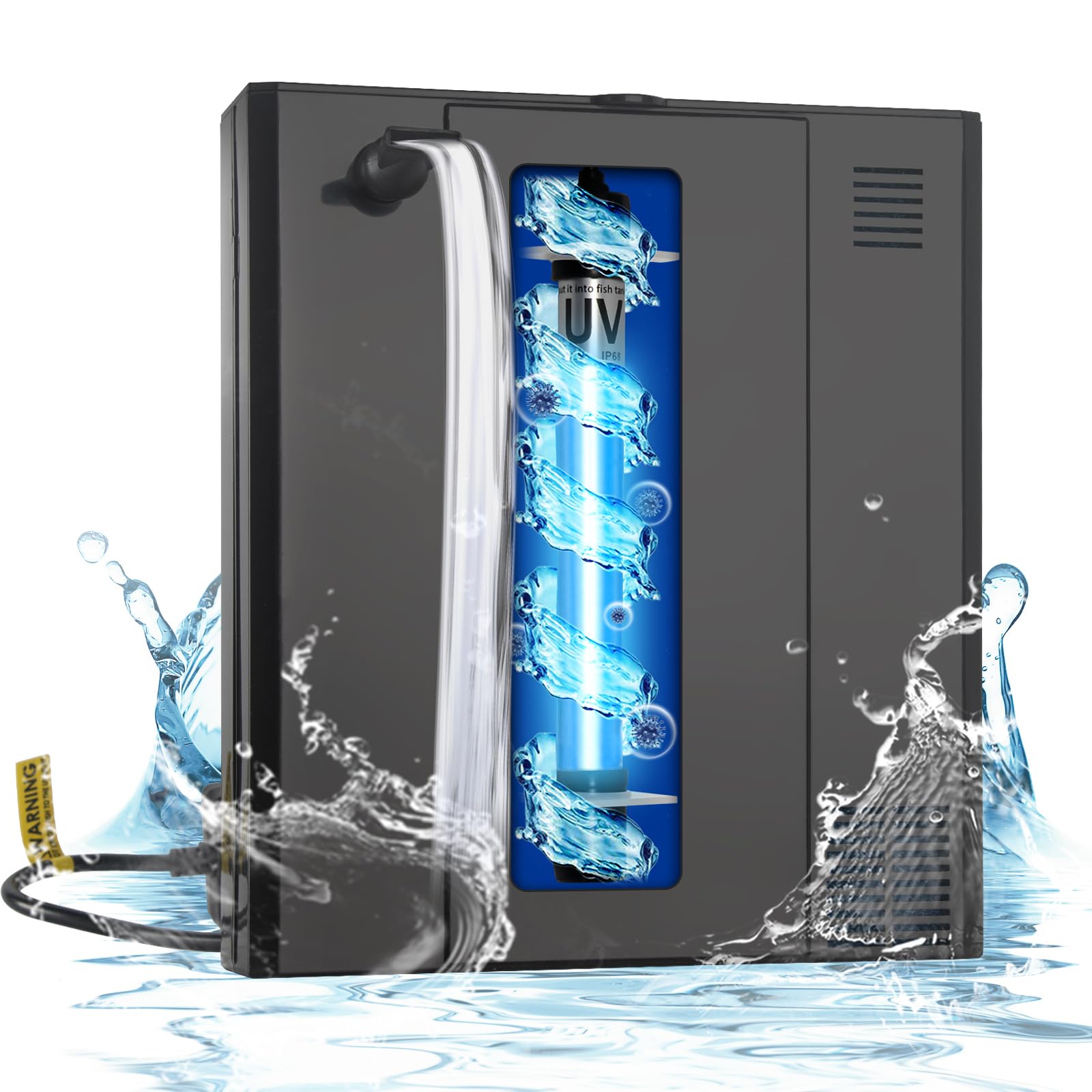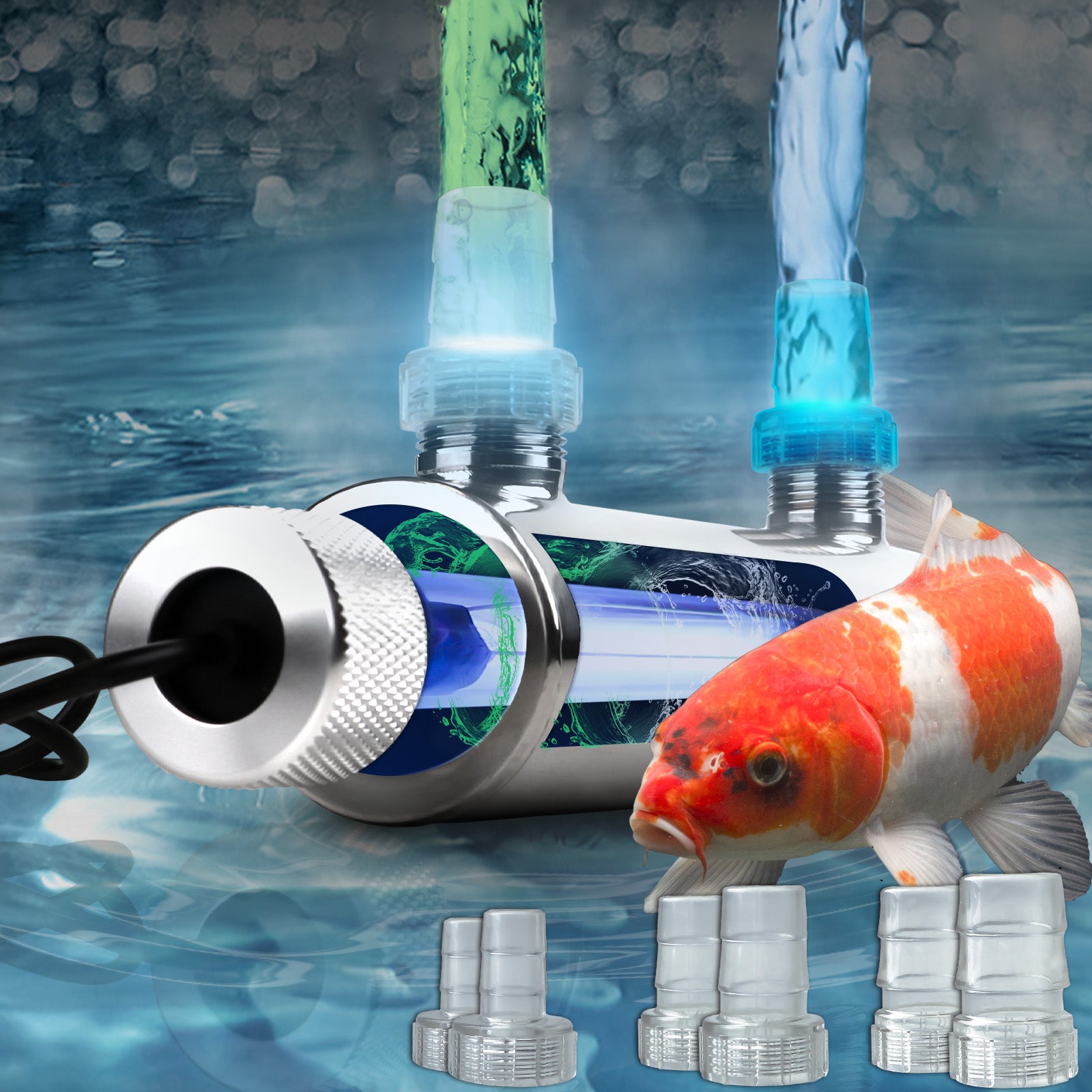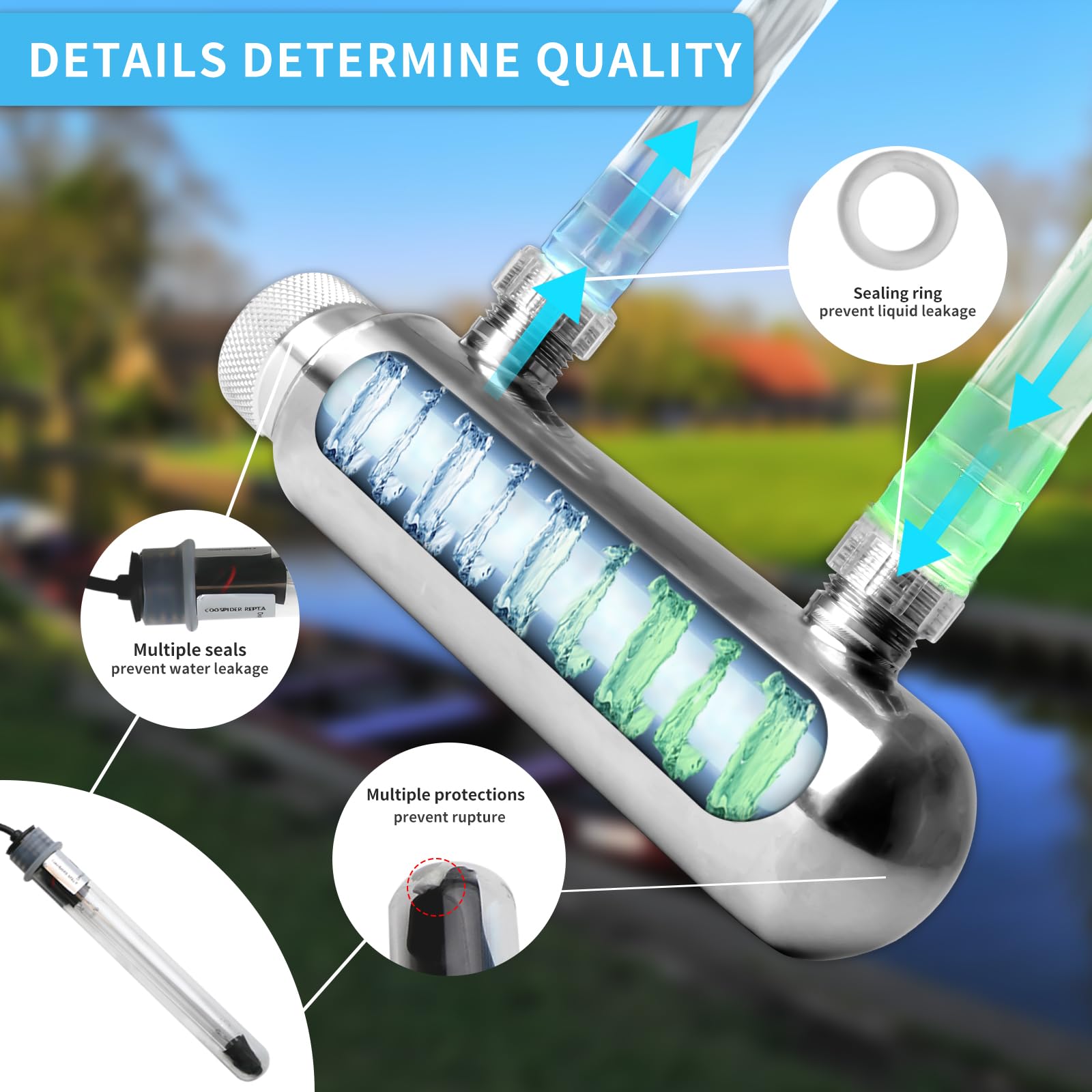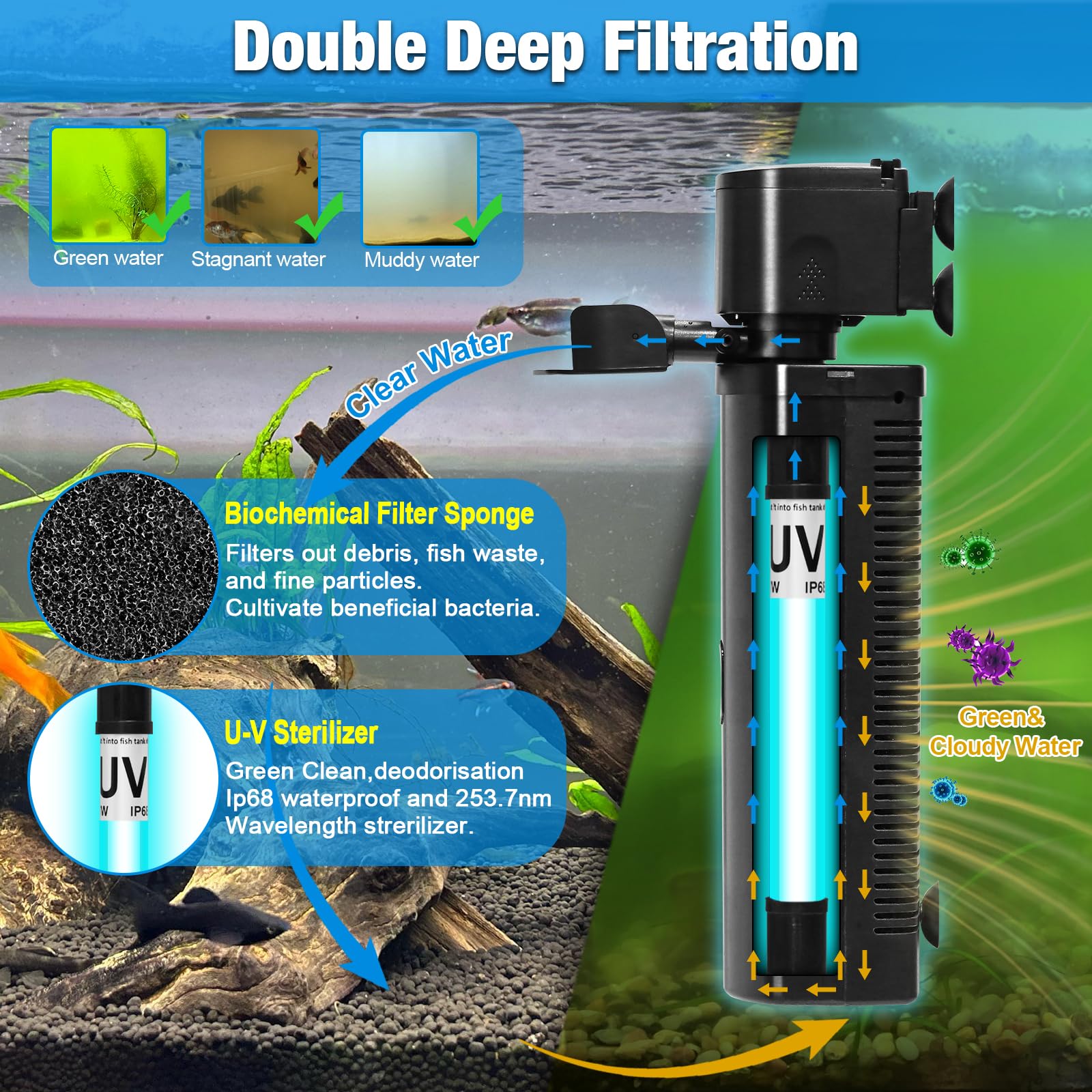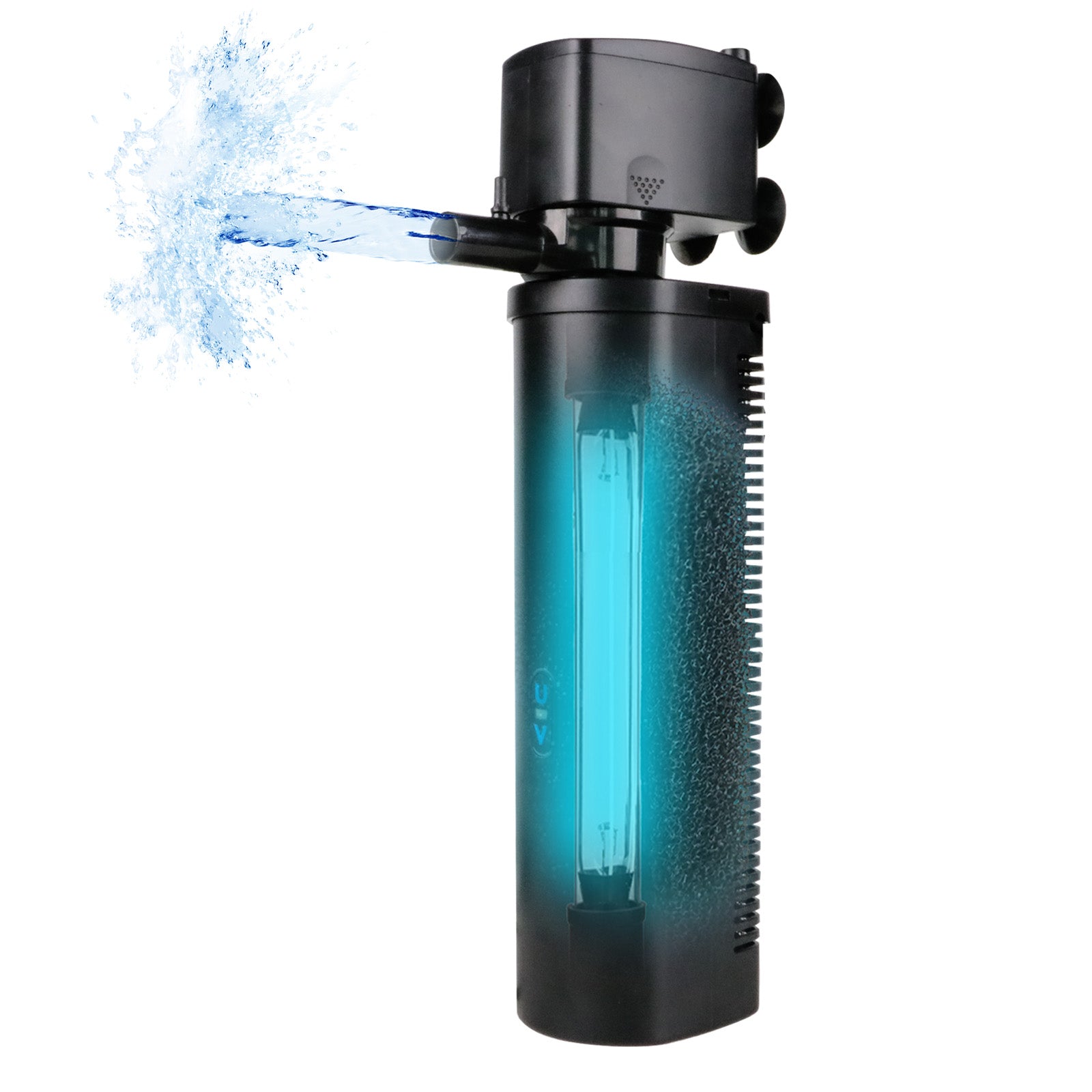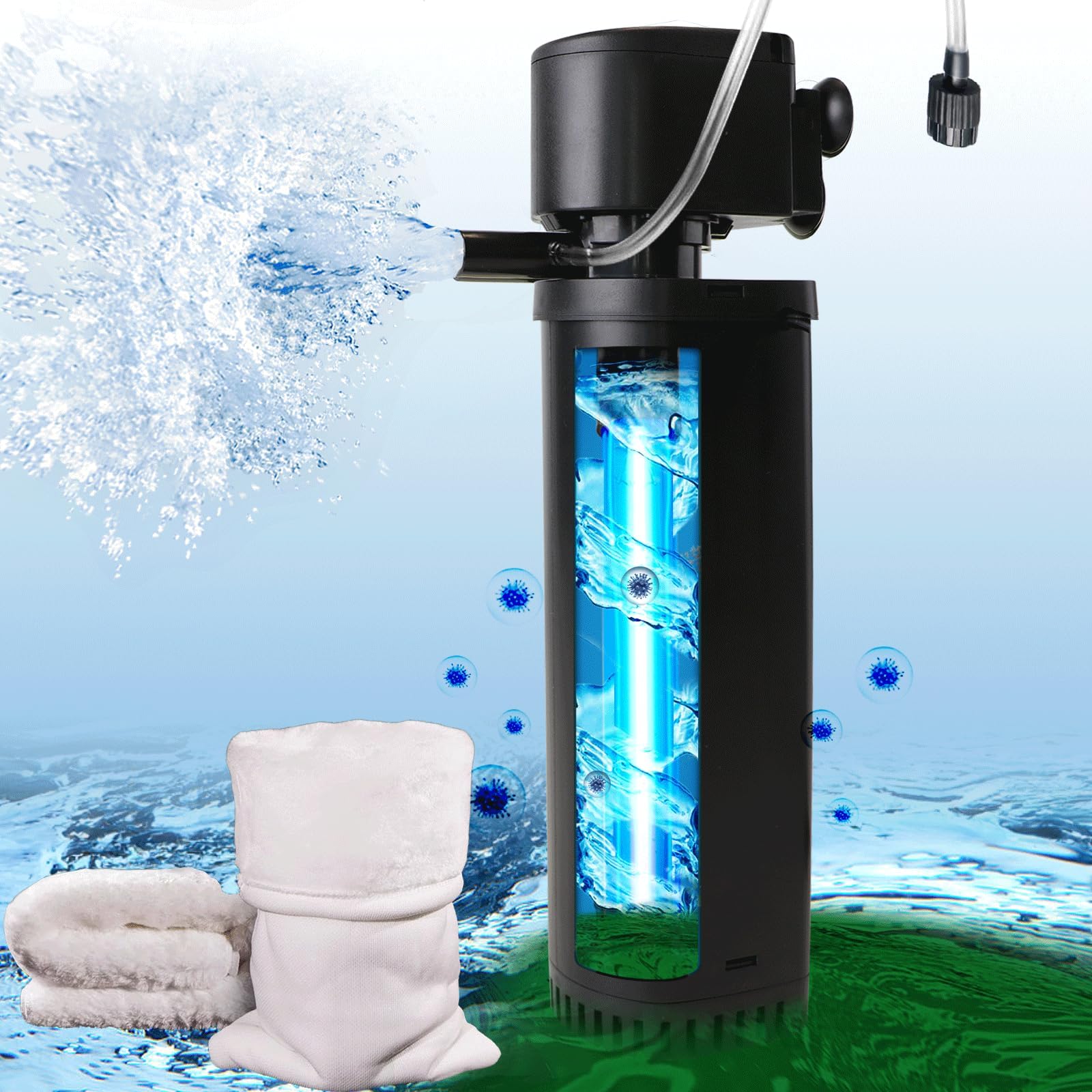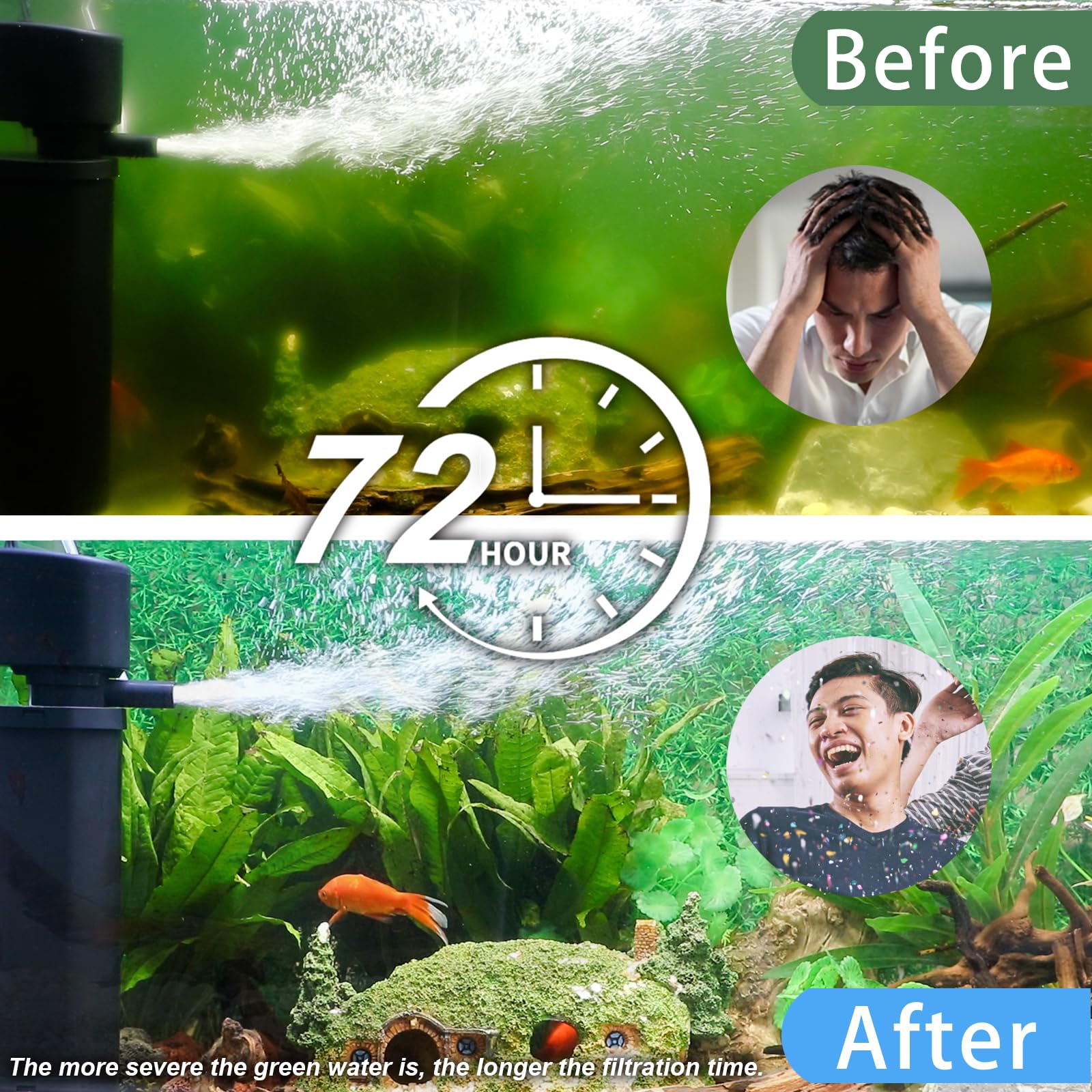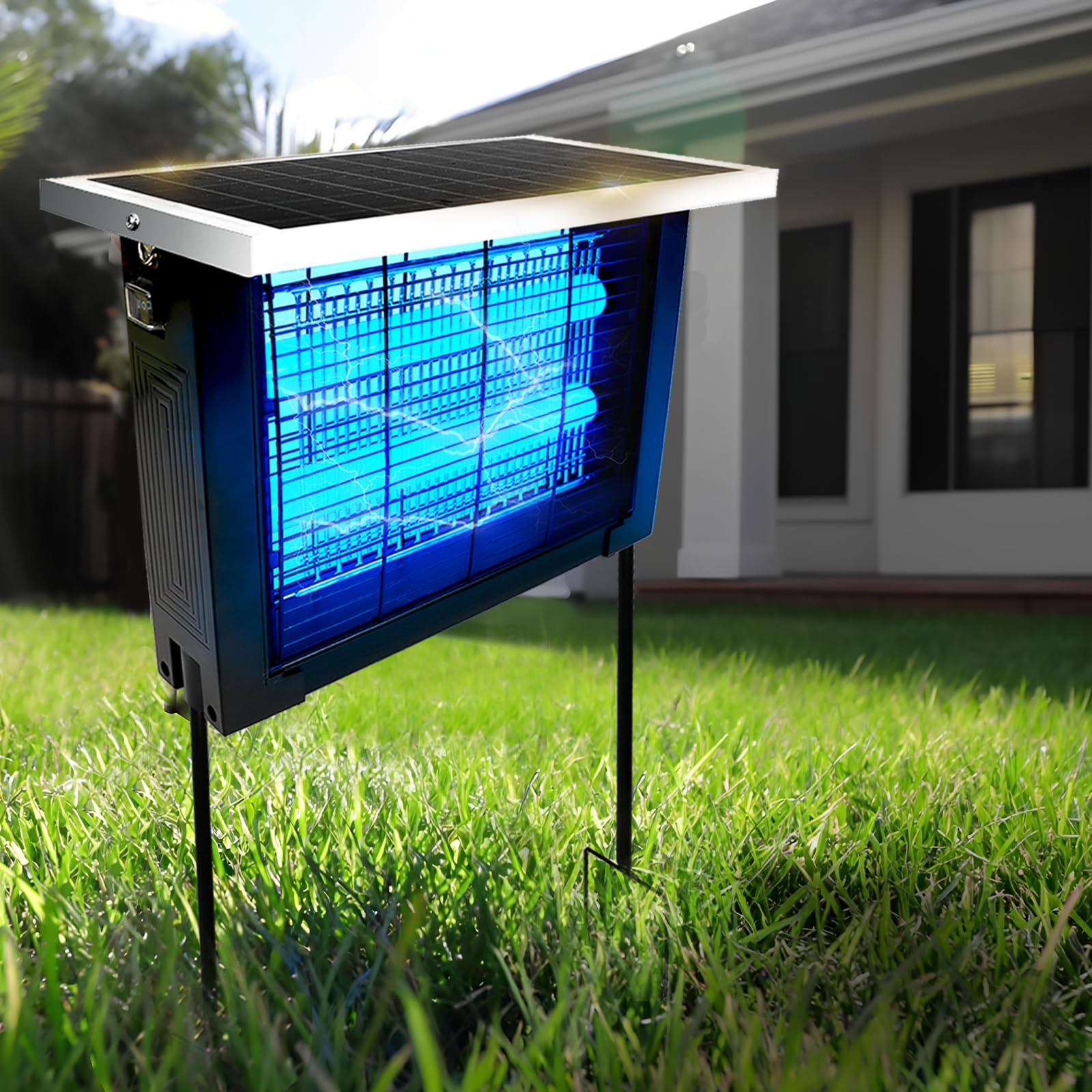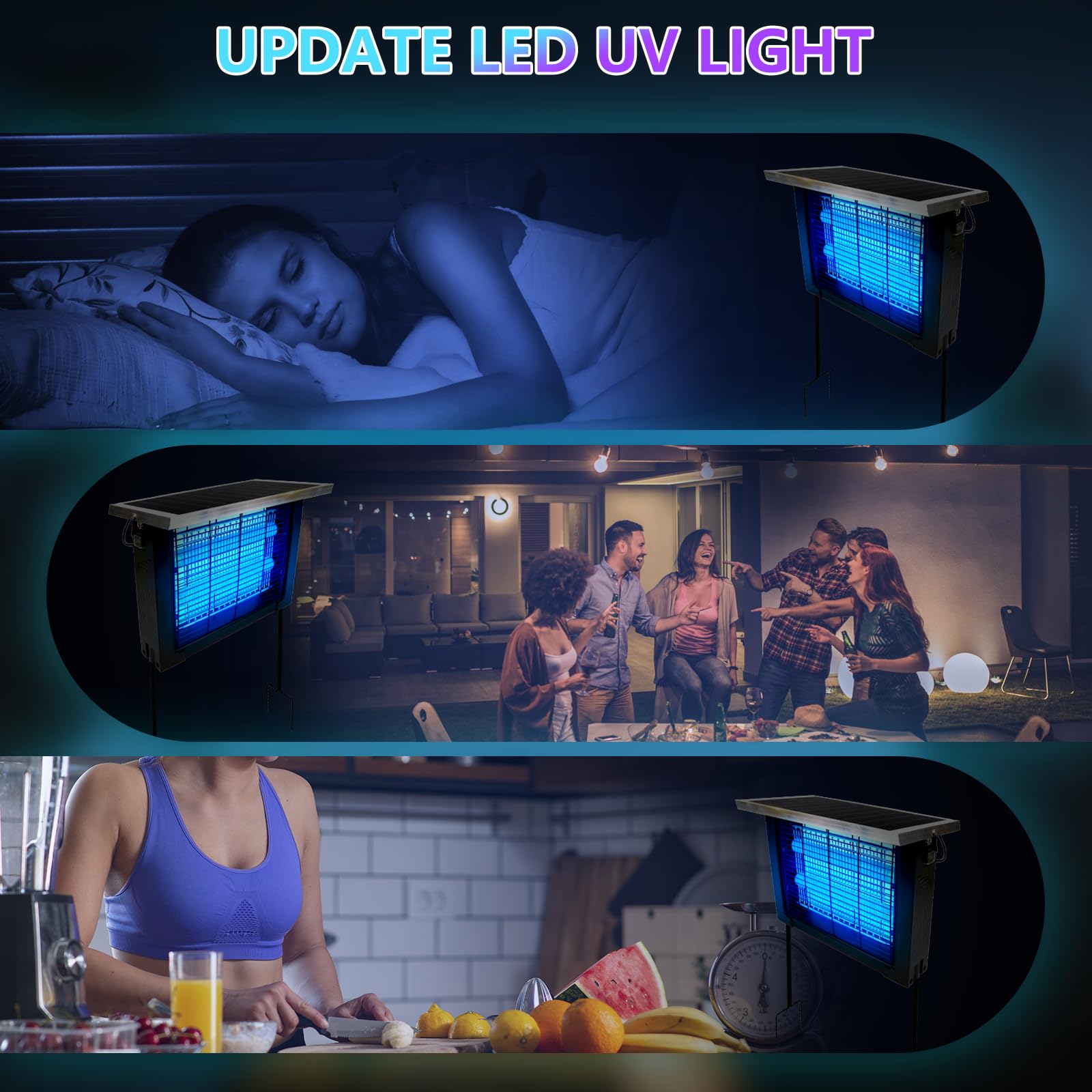Lighting is one of the most underestimated elements of modern industrial design. While machines, automation systems, and workforce efficiency often take the spotlight, the right specialty lighting system can quietly yet powerfully transform a factory’s productivity, safety, and energy efficiency.
Choosing the right lighting solution isn’t just about brightness or color temperature — it’s about precision, performance, and long-term reliability tailored to your factory’s unique environment.
In this comprehensive guide, we’ll explore:
-
The role of lighting in industrial productivity.
-
The unique challenges of factory lighting.
-
Different types of specialty lights and their uses.
-
Key factors to consider when selecting a system.
-
Case studies of effective factory lighting upgrades.
-
Maintenance, energy management, and future trends.
Let’s dive in.
1. Why Lighting Matters in a Factory Environment
In industrial settings, lighting isn’t just about visibility — it’s a strategic performance factor that impacts everything from accuracy and safety to employee well-being.
1.1 Productivity and Precision
Good lighting reduces visual fatigue, improves concentration, and allows workers to detect defects more easily. In sectors like electronics assembly, precision machining, or textile manufacturing, inadequate lighting can directly affect product quality.
Studies show that well-lit workspaces improve productivity by 8–15% and reduce human error rates significantly.
1.2 Safety and Compliance
Poor lighting is a major contributor to workplace accidents. OSHA and other regulatory bodies require sufficient illumination in specific zones, such as assembly lines, walkways, and loading docks.
Properly designed lighting prevents:
-
Trips and falls
-
Equipment misoperation
-
Incorrect labeling or component handling
1.3 Energy Efficiency and Cost Savings
Lighting typically accounts for 10–30% of a factory’s energy usage. Advanced LED and smart lighting systems can reduce energy consumption by up to 60–80% while improving illumination quality.
1.4 Worker Morale and Health
Harsh, flickering, or uneven lighting can cause headaches, fatigue, and eye strain. On the other hand, human-centric lighting — which mimics natural daylight — improves alertness, reduces stress, and enhances mood.
In short, lighting isn’t a background detail; it’s part of your factory’s performance engine.
2. Understanding the Challenges of Factory Lighting
Factories have complex lighting requirements that go beyond what standard office or retail environments demand.
2.1 Harsh Environmental Conditions
Industrial spaces often expose lights to:
-
Dust and chemical fumes
-
High humidity
-
Extreme temperatures
-
Vibrations and mechanical impact
Therefore, lights must be durable, sealed, and corrosion-resistant, often rated with IP65 or higher protection standards.
2.2 Diverse Work Zones
A single factory may have multiple environments:
-
Assembly areas requiring bright, uniform lighting
-
Storage zones needing motion-activated lights
-
Paint shops needing color-accurate illumination
-
Inspection areas requiring ultra-high CRI (Color Rendering Index) lights
-
Outdoor yards demanding weatherproof floodlights
Each zone may need a different type of specialty lamp or lighting strategy.
2.3 Ceiling Height and Layout Complexity
Lighting requirements change drastically depending on whether your factory has:
-
Low ceilings (3–5m) typical in small workshops
-
High bays (10–20m) in heavy manufacturing plants
High ceilings need high-bay or laser-focused lights, while complex layouts require adjustable or modular systems.
2.4 Compliance with Standards
Depending on your region and industry, your lighting system must meet local safety and energy efficiency regulations, such as:
-
EN 12464-1 (Europe)
-
ANSI/IES RP-7 (North America)
-
ISO 8995-1:2021 for industrial lighting
These standards specify recommended illuminance (lux), glare control, and uniformity ratios for different tasks.
3. Types of Specialty Lighting Used in Factories
Not all lights are created equal. Modern industrial environments use a mix of specialized lighting technologies optimized for different purposes.
3.1 LED High-Bay Lights
Best for: Large production halls, warehouses, logistics centers.
High-bay LEDs provide powerful, uniform light across wide spaces with high ceilings. They consume up to 70% less power than metal halide or fluorescent alternatives and require minimal maintenance.
Features to look for:
-
120–160 lumens per watt efficiency
-
IP65+ waterproof rating
-
0–10V dimming support
-
Motion sensors for automation
3.2 Explosion-Proof Lights
Best for: Chemical, petroleum, or food processing plants with volatile gases or dust.
Explosion-proof lighting is engineered to contain internal sparks or flames, preventing ignition in hazardous atmospheres.
They are typically constructed with aluminum housings and thick glass covers, compliant with ATEX or UL844 standards.
3.3 UV (Ultraviolet) Lights
Best for: Sterilization, surface treatment, and quality inspection.
UV lamps are a common form of specialty lighting in factories dealing with medical equipment, semiconductor manufacturing, or food processing.
Applications include:
-
Disinfection and sterilization
-
Curing coatings and adhesives
-
Detecting surface contamination or cracks (UV-A inspection lamps)
3.4 Infrared (IR) Lights
Best for: Drying, heating, and thermal processing.
Infrared lights emit energy that penetrates materials, making them ideal for paint curing, drying films, and preheating metal surfaces.
They provide consistent heat transfer with faster process times and lower operational costs than traditional ovens.
3.5 Laser Lighting
Best for: Precision alignment, measurement, and cutting.
Laser-based systems are used in automated production lines for marking, welding, and dimensional verification. Their concentrated light beams allow micron-level accuracy.
3.6 Cleanroom Lights
Best for: Pharmaceutical and semiconductor manufacturing.
Cleanroom lighting must meet strict contamination standards (e.g., ISO 14644). Fixtures are sealed, smooth-surfaced, and easy to disinfect, often using LED panels with anti-static coatings.
3.7 Task and Inspection Lights
Best for: Assembly lines and quality control stations.
These are localized lights providing high brightness and accurate color rendering to help workers identify defects or perform detailed tasks.
A CRI above 90 is often required for color-critical applications.
4. Key Factors to Consider When Choosing a Lighting System
Choosing the right system isn’t about the brightest or most expensive option — it’s about fit and function.
4.1 Assess Your Factory’s Layout and Tasks
Start with a lighting audit:
-
Identify different work zones (production, packaging, storage, inspection).
-
Measure ceiling heights and distances between fixtures.
-
Note areas prone to dust, moisture, or vibration.
-
Observe natural light availability.
Each zone may need distinct lighting intensity and technology.
4.2 Determine Required Illuminance (Lux Level)
Different tasks require specific brightness levels:
| Area | Recommended Lux | Lighting Type |
|---|---|---|
| General Assembly | 300–500 lux | LED High-Bay |
| Precision Machining | 750–1000 lux | Task/Spot Lighting |
| Quality Inspection | 1000–1500 lux | High-CRI LED |
| Storage/Warehouse | 150–300 lux | Motion-Activated |
| Outdoor Yard | 100–200 lux | Floodlight |
Under-lighting causes mistakes; over-lighting wastes energy.
4.3 Evaluate Color Rendering (CRI) and Temperature
-
CRI (Color Rendering Index): The closer to 100, the more accurately colors appear.
-
General areas: CRI 70–80
-
Inspection/Assembly: CRI 90+
-
-
Color Temperature (Kelvin):
-
Warm (3000K–4000K): Comfortable for rest areas.
-
Neutral (4000K–5000K): Best for assembly and inspection.
-
Cool (6000K+): Creates alertness and focus in precision tasks.
-
4.4 Check Durability and Protection Ratings
Look for:
-
IP Ratings (Ingress Protection): IP65+ for dust/water resistance.
-
IK Ratings: Resistance to mechanical impact.
-
Corrosion-resistant materials: Especially for chemical or marine environments.
4.5 Energy Efficiency and Controls
Modern specialty lighting supports:
-
Motion Sensors: Lights turn on only when movement is detected.
-
Daylight Harvesting: Adjusts brightness based on ambient light.
-
Zonal Dimming: Custom control for specific areas.
-
Smart Systems: Centralized management via mobile or cloud software.
These features can cut power costs by 30–50%.
4.6 Maintenance and Lifecycle Cost
Evaluate total cost of ownership, not just purchase price.
LEDs with 50,000–100,000 hours lifespan drastically reduce maintenance downtime compared to fluorescent or halogen lamps.
4.7 Compliance and Certification
Always check for certifications:
-
CE / UL / ETL – Safety compliance
-
RoHS – Environmental safety
-
ATEX / IECEx – Explosion-proof environments
-
ISO9001-certified manufacturer – Quality assurance
5. Real-World Case Studies
Case 1: Automotive Factory Upgrade
A car manufacturer replaced 800 metal-halide lamps with LED high-bay fixtures.
Results:
-
65% energy savings
-
25% fewer quality inspection errors
-
40% reduction in maintenance costs
Case 2: Food Processing Plant
Old fluorescent lights were replaced with IP69K stainless steel LED tubes for easy wash-down.
Results:
-
Fully compliant with hygiene standards
-
Improved visibility in wet zones
-
Eliminated glass-break contamination risk
Case 3: Electronics Assembly Line
Installed high-CRI LED task lights and anti-static cleanroom panels.
Results:
-
Enhanced soldering precision
-
Lower eye strain
-
10% productivity increase
6. Designing an Optimal Factory Lighting Layout
Lighting design should balance functionality, aesthetics, and energy performance.
Steps to create an effective plan:
-
Use CAD lighting simulation software (e.g., Dialux, Relux).
-
Ensure even light distribution and minimal glare (UGR < 19).
-
Position fixtures to reduce shadows on critical work surfaces.
-
Include emergency and exit lighting for safety compliance.
A professional lighting designer or engineer can help simulate different scenarios before installation.
7. Integration with Smart Factory Systems
Modern factories are embracing Industry 4.0 — and lighting plays a role in that transformation.
Smart lighting systems can:
-
Connect with IoT sensors for real-time monitoring.
-
Adjust automatically to production schedules.
-
Provide analytics on energy usage.
-
Integrate with HVAC for optimized facility management.
This not only saves energy but also supports digital transformation goals.
8. The Future of Industrial Lighting
8.1 Human-Centric Lighting
Factories are adopting tunable white LEDs that adjust color temperature throughout the day to support workers’ circadian rhythms — boosting focus during day shifts and reducing fatigue during night shifts.
8.2 Wireless and Modular Systems
Wireless control systems simplify reconfiguration as factory layouts evolve. Modular fixtures can be easily repositioned without rewiring.
8.3 AI and Predictive Maintenance
Smart systems can predict lighting failures before they occur, scheduling maintenance automatically to avoid downtime.
8.4 Sustainability and ESG Goals
As global industries focus on carbon neutrality, energy-efficient lighting contributes directly to sustainability KPIs. LED upgrades often pay for themselves within 1–2 years through energy savings.
9. Steps to Successfully Implement a Specialty Lighting Project
-
Conduct a Site Audit: Document current lighting conditions, energy usage, and problem areas.
-
Define Objectives: Are you aiming for cost savings, safety improvement, or better visual accuracy?
-
Consult Lighting Experts: Partner with a certified lighting supplier or design engineer.
-
Select the Right Fixtures: Based on zone requirements and compliance needs.
-
Simulate and Test: Use lighting software to validate results before purchase.
-
Plan Installation: Coordinate with electrical and production schedules.
-
Monitor and Optimize: Collect post-installation data to measure ROI.
10. Conclusion: Lighting as a Strategic Investment
In the modern manufacturing landscape, lighting isn’t just a utility — it’s an investment in performance, safety, and innovation.
The right specialty lighting system can:
-
Enhance visual accuracy and reduce defects.
-
Lower energy bills by up to 70%.
-
Improve safety and compliance.
-
Boost worker morale and efficiency.
Whether you’re upgrading an existing factory or designing a new one, a thoughtful lighting strategy will illuminate more than just your workspace — it will brighten your path toward operational excellence.

